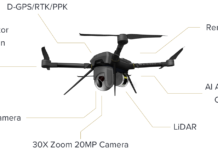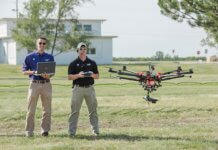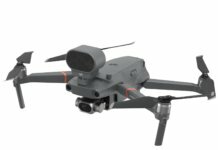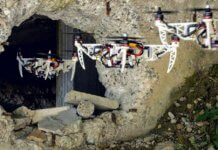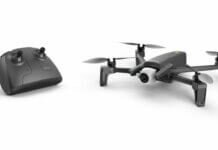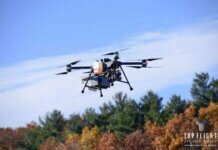Combining materials science, aviation technology and software development, U.S. Army and Marines researchers are working together to develop 3D-printed small unmanned aircraft systems (sUAS), the U.S. Army Research Laboratory (ARL) has announced.
“Several years ago, when we were collaborating with our academic partner, Georgia Tech, we had this project where we were focusing on design engineering of small unmanned aircraft systems,” says Eric Spero, a team lead within the laboratory’s Vehicle Technology Directorate.
Spero and his team brought their idea to fruition at the U.S. Army Training and Doctrine Command’s annual event at Fort Benning, Ga., in 2016. The Army Expeditionary Warrior Experiment is responsible for putting new technologies in the hands of soldiers, the lab notes.
A new YouTube documentary released by ARL details how researchers first envisioned on-demand printing with a suite of tools that would allow for soldiers to enter mission parameters and then get a 3D-printed aviation asset within 24 hours.
Researchers then reached out to the U.S. Marine Corps and started working with them to provide a software catalog that Marines could use to select and print a UAS for a specific mission.
“We have interacted with Marines who have never touched an unmanned system before to Marines who are experts in unmanned aerial flight,” says ARL engineer Larry (LJ) R. Holmes Jr.
Holmes says the Marines expected the turn-around time to be days or weeks, but it was actually minutes to hours. Researchers plan to further streamline their processes based on feedback received from the Marines in order to enable unprecedented situational awareness, says ARL.
“Things like additive manufacturing with materials, artificial intelligence and machine learning, unmanned systems technologies, these will enable us to bring together the capabilities that will allow the future Soldiers and Marines the decisive edge that they need in the battlefield,” comments Elias Rigas, a division chief in ARL’s Vehicle Technology Directorate.
Holmes adds, “I think that as additive manufacturing continues to grow and the technologies continue to evolve, that we’re going to get to a point eventually where we will be making things in a similar fashion where you will walk up to your user interface and say, ‘unmanned aerial system,’ and it will make it for you.”
ARL’s press release was filed by ARL’s public affairs specialist, David McNally, who also produced the following video:


